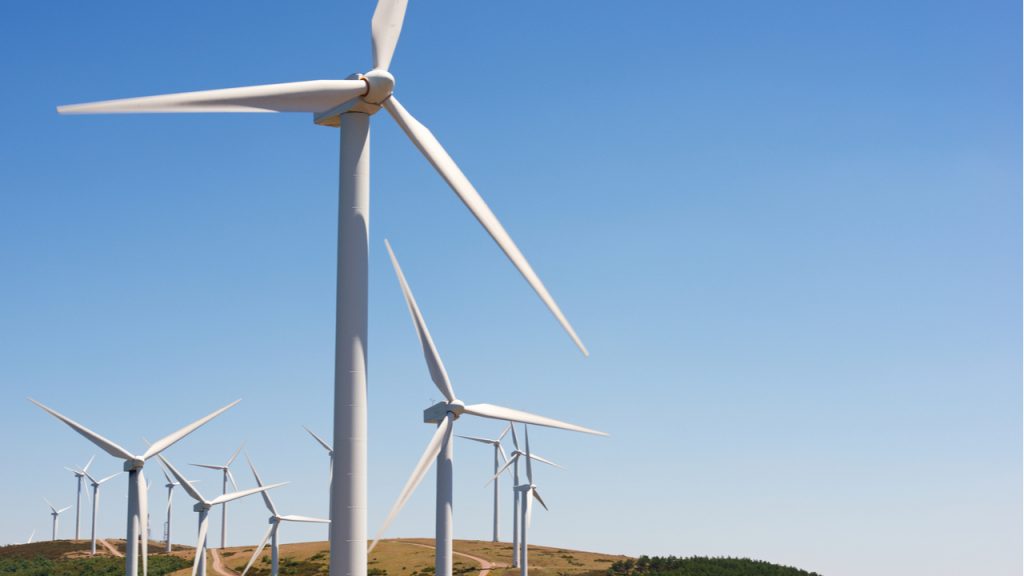1. CONCEPTS
The sustainability in architecture is based in three pillars: Social, Economic, Environmental
The circular economy focuses on the resource cycle and it is a model based on the reuse, repair, remanufacturing and recycling of materials and products, against the use of virgin raw materials
The green economy improves human well-being and social equity, reduces environmental risks and is resource efficient. It is a model that integrates the social dimension and the conservation of ecosystems
These are the four operational principles of how to act in a sustainable way:
- The impact of human being on natural systems must not exceed the carrying capacity of nature
- The use of renewable resources must not exceed their rate of regeneration
- The use of non-renewable resources must be compensated by the production of renewable resources, which will eventually have to replace them
- The emission into the environment must not exceed the absorptive capacity of the receivers


As for the life cycle analysis, the LCA studies the environmental impact of a product from its production to its dismantling, and for this, it is necessary to know the energy consumption and the pollution to the environment of the various processes that make its use possible:The extraction of the raw materials necessary for its production, the manufacturing process, the transport, its implementation and use, and its end-of-life.
The study of the ecological footprint assesses the amount of territory needed to generate the biological resources consumed and to absorb the waste that an activity needs and produces.
To provide society with sustainable buildings we have three terms that envelop the things needed to make it happen: reduce, reuse and recycle. In the case of reduce, it is the consumption of scarce materials and non-renewable resources. Following with the term reuse, it is in the sense of remodeling, rehabilitating and reuse the existing. Finally, the concept recycle refers to transforming materials that allow another use in the production cycle.
2. HEALTHY BUILDINGS
To be able to have a connection between human biology and the environment, it is important that the buildings allow a correct evapotranspiration and an exchange with thermal radiation and with the natural light.
If we specify in the psychological aspects there are things that affect the mental health of the building’s inhabitants such as the proportions of the spaces, the relation among height, width and length of rooms, or the chromatic climate determined by the colour of the external and internal surfaces.
It is the work of architects to contribute to determine in the spaces a resting or excitation effect that facilitates the recovery of physical and intellectual energies of the people that live, work or make use of the building. For example, the relation with the nature influences positively on the superior nervous functions, determining sensations of well-being
When the optimal conditions of the building are not given, certain problems can appear to people, such as the Sick Building syndrome, which is a set of symptoms (skin reactions, headaches, nausea, eye irritations, and respiratory tract, tiredness, irritability, vertigo) that can degenerate into a tate of chronic illness. It covers health conditions that affect between 20 and 30% of the people occupying a building, and it derives from agents or sources intrinsic to the same building. The SBS diagnosis focuses on the study of the health risk factors associated with the building: the biological factors (bacteria, fungi, spores, mites…), the chemical factors (carbon monoxide and dioxide, dust, fibres…) and the physical factors (thermal comfort, lightning, noise, air renewal, ionizing and non-ionizing radiation…) and psychosocial factors (work organisation, relationships, satisfaction index).
3. CLIMATE-HUMAN BEING
As we said before, the energy and health of a human being largely depends on the direct effects of the environment in which he lives. The atmospheric conditions stimulate or depress the physical and mental work of the man (apathy, stress, grief, illness…), so we must make sure that conditions are at an optimum point within a range of specific climatic conditions. The main elements of the climate environment that influence human comfort are the temperature of the air, the radiation, the thermal emission, the movement of the air and the relative humidity.
The human being is a thermal machine that transforms chemical energy into mechanical energy with great heat dispersion due to its metabolism, and the lower the effort of the organism to maintain its internal temperature between 36.5 and 37 we will be closer to the “comfort zone”.
There are some environmental conditions that are fundamental in the interaction of the building: the temperature (maximum and minimum), the sunshine (% and annual distribution), the prevailing winds (frequency, direction and intensity), the rainfall (average, minimum and maximum rainfall), the snow (maximum, minimum and average) and the relative humidity and vapour pressure.
Also the environment, that is to say, the site analysis, makes a great difference in a person’s health.
4. SUSTAINABLE DESIGN
In addition to the environmental problems, the great industrial development has led to the loss of the skills and know-how accumulated over centuries.
Concepts such as the bio-architecture and the bioclimatic architecture, ensure the sustainability of the building design.
In the case of the first term bio-architecture, it aims to minimize the negative impacts of constructions both on the health of the occupants and on the environment. It is people-centred, with which it makes energy-efficient buildings with functional and flexible spaces, using safe and recyclable materials, respecting the territory and its identity. Some characteristics of bio-architecture are: the attention to insulation and thermal inertia, the passive installations, the water saving and recovery, the healthy materials, the acoustic and sunlight control, the natural lighting and ventilation,and the open spaces.
In the case of the second term bioclimatic architecture, it represents a working method which, starting with preliminary studies of the climatic conditions of the site, directs the project to achieve sustainability and bioarchitecture objectives.
The control of the microclimate in the different seasons can be obtained with active systems or rather with passive measures, and therefore sustainable, as simple as: hindering direct solar irradiation through windows, adequating the orientation of the building, choosing a type of building favoring natural cross-ventilation, using clear finishes to promote maximum reflection, or the thermal inertia of the building.
5. MATERIALS
Regarding the optimal materials for a building to be sustainable, traditional materials experienced over the centuries in traditional architecture, guarantee conditions of greater wholesomeness and well-being compared to synthetic materials. But we have to be aware because many of the “natural” materials are submitted for productive or applying reasons to treatments with potentially harmful chemicals.
6. LET’S NOT BE FOOLED
The most consistent project option with bio-architecture would be the biomorphism, but not a bio form is guarantee of a bio essence, nor the traditional forms, materials and techniques are unnatural.
The globalization of sustainable constructive solutions that are applied indiscriminately in many contexts does not consider the cultural aspects, local materials and the specific environmental conditions of each site.
The use of “natural” materials as a decorative resource for an exclusively aesthetic reason or for efficient installations that are neither dimensiones nor functional reveal a superficial approach to sustainability.
“Recycled” has become a magic word for any architecture that wants to aspire to sustainability. However, recycling would be the last option within a group of more variants such as repair, rehabilitation, recovery, re-use, etc.
The reduced energy costs of using a building at a specific moment of its life and the economic savings that this entails without considering the energy cost generated throughout its life can only lead to a momentary sustainability.
7. BIBLIOGRAPHY
Text and images: https://prezi.com/view/dQiX64gxrtSHhrnZxuct/
